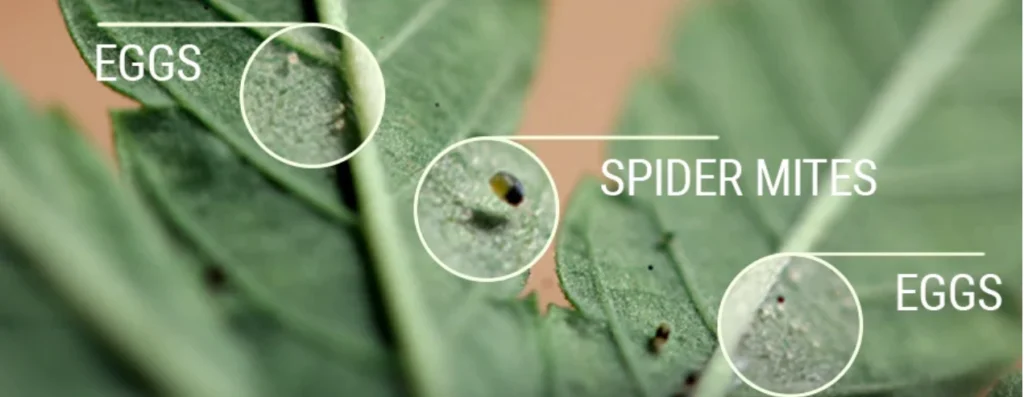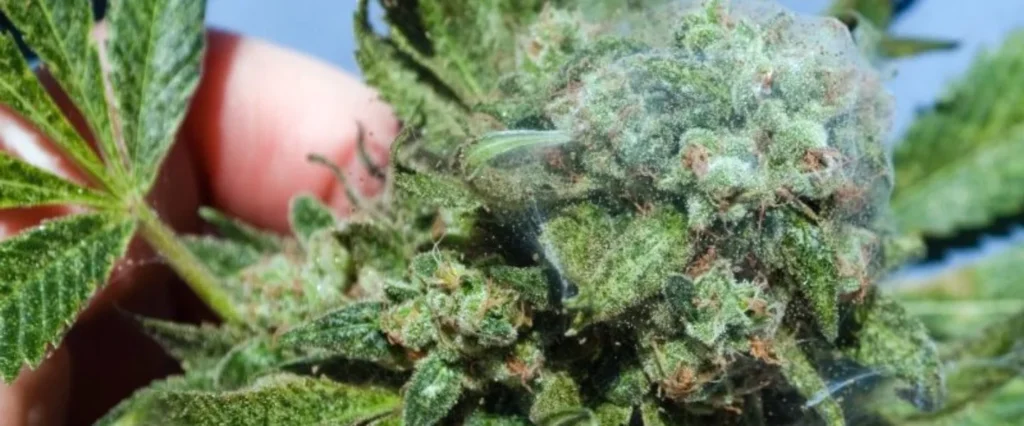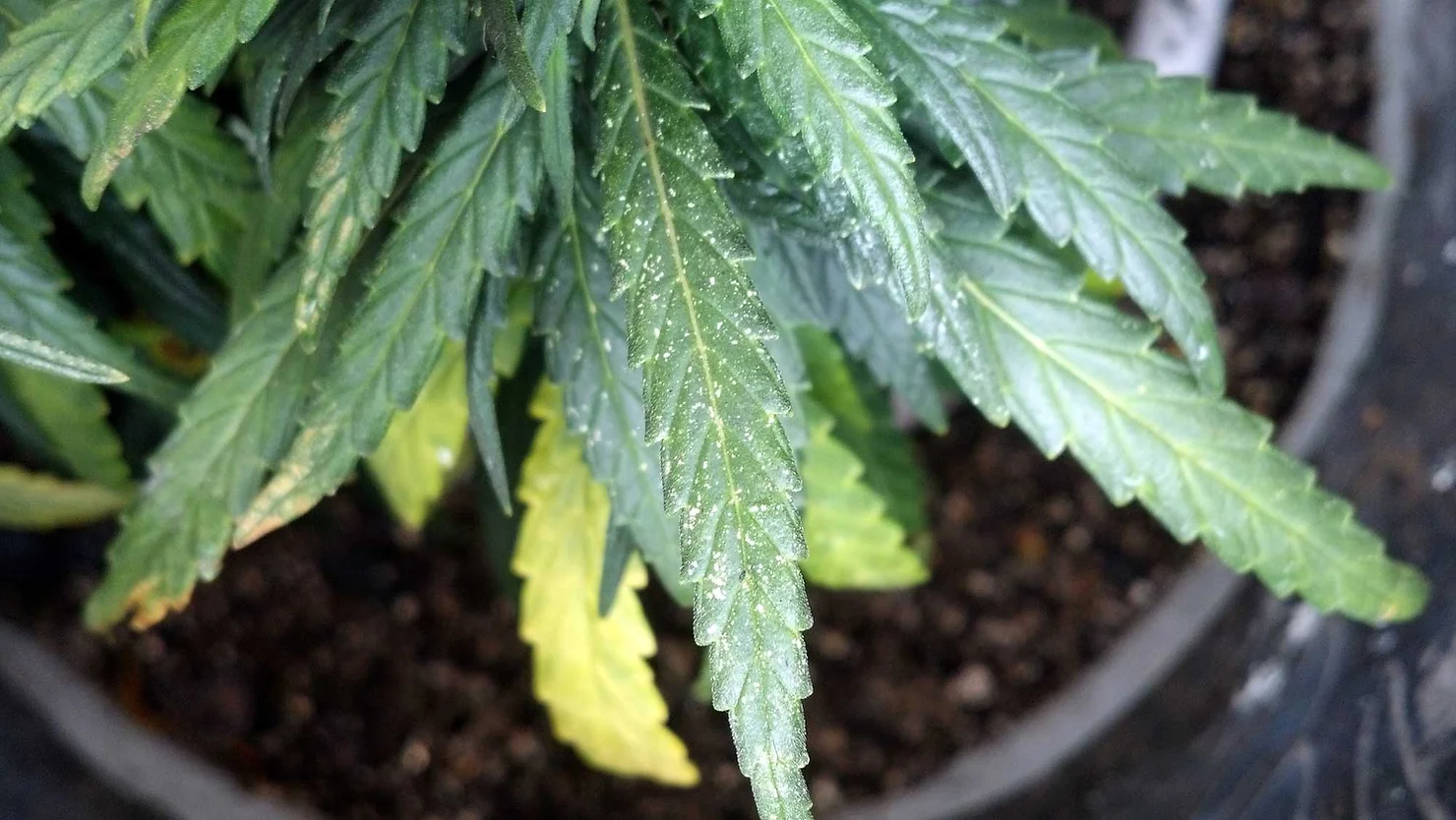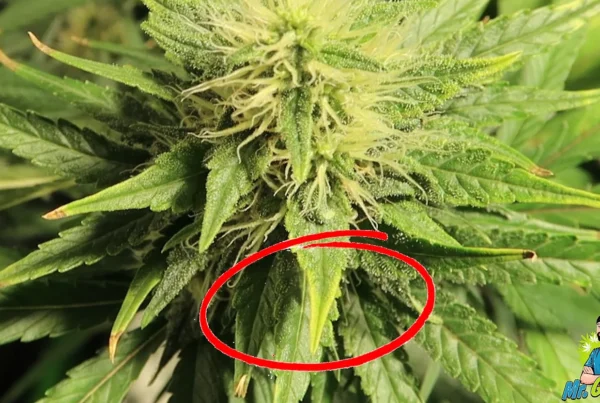One of the stubborn issues that you can run into on your journey as a cannabis grower is spider mites. These pesky little insects are very difficult to get rid of but do not worry as this guide will provide you with treatments that are guaranteed to work. As a cannabis grower, you should not be oblivious to the signs of a spider mite infestation as there is a chance that you may run into this problem, and in this case, ignorance will do much more harm than good. A spider mite infestation can be disastrous for the plant; therefore, it is important to be swift in your actions if you are facing this problem.
Before you start any treatment, it will be highly helpful to understand what spider mites are and how much damage can they do.
What are Spider Mites?
Spider mites are tiny arachnids which means that they belong to the same family as spiders and ticks. They have an oval-shaped body, eight legs, sharp teeth, and the ability to spin webs. They can be red, black, or white in color. Spider mites are not very big; adults are less than 1mm in size. Now you may be wondering, how much damage can something so small do and the answer is a lot! They are equipped with very sharp mouths and a capability to multiply in a short amount of time; imagine hundreds of sharp teeth biting your cannabis plant – it can certainly be lethal for the plant.
Once spider mites make your plant their home, they will grow in number very quickly as adult females can lay up to 20 eggs a day. The worst part is that they only take four days on average to mature and only 25% of these hatchlings are male. Female spider mites can have a life span of 2 to 5 weeks and they stay fertile for life.
What makes spider mites a high-risk problem is not only their explosive population but also the fact that once they bite into the plant, they suck the chlorophyll out of the plant cells. If not treated in time, these mites can suck the life out of your plant in a blink of an eye, literally. Despite being tiny, these mites are very resilient because if you use a method to eradicate them but do not succeed, they become impervious to that solution rendering it useless. This is a challenge because as a grower you may think that you got rid of them, but they show up again and you must come up with another way to eliminate them. Nonetheless, it is important to get rid of them as they affect the plant’s growth, and in flowering stage, it results in smaller buds.

Signs of Spider Mite Infestation
We have already established that a spider mite infestation can be deadly, therefore, being proactive and monitoring your plant carefully to identify the problem in early stages is crucial. The key is to observe your plant carefully, and most importantly, observe the leaves. You can also use a magnifying glass to help you see them. Spider mites usually stay on the undersides of the leaves. They can be difficult to see with the naked eye, but their impact is visible in the form of white or yellow specks. These specks are caused by the bites of these mites. In case of a bad infestation, you will see that discoloration has spread to the whole leaf.
Besides these specks, you may also find sticky silk webs on the plant – especially on the leaves and buds. Dirt and dust get stuck in these webs and make the foliage look dirty. These webs are relatively easy to see and signal that treatment should be started right away.

Spider Mites Treatment and Prevention
As a cannabis grower, it is beneficial in the long run to prevent a problem rather than treating it. Spider mite infestation can be prevented by:
- Checking and cleaning yourself before entering the grow room as you can carry spider mites. Your pets should not be allowed to walk into the room if they have been outside.
- Never bringing an outdoor plant indoors without quarantining it. If you have decided to bring in an outdoor plant, keep it away from your grow room until you are certain that it is not suffering from any infestation.
- Observing your plant regularly to catch the problem early on.
If you have discovered that your plant is suffering from a spider mite infestation, don’t panic. This problem is difficult to alleviate but a few tips can still do the job.
Make it Chilly
Firstly, use these mites’ weaknesses to your advantage. These mites like high temperatures so make it a bit chilly for them by bringing down the temperature in your grow room. It is also recommended to make it a bit windy in the room as this makes it harder for these mites to grow in numbers.
Cut Down Leaves
Once you have made the conditions less ideal for these mites, track down the leaves that are badly infested and start pruning them. Getting rid of these leaves will prevent further infestation. Besides pruning, you can also spray or hose the plant. This will make the mites fall off and die. You can also use a hand-held vacuum cleaner to suck up any remaining mites off the plant. Do not put these mites in your trash without killing them.
Use Predators
Introducing cannabis-friendly insects that prey on these spider mites will also help eliminate them, for example, lacewings, big-eyed bugs, etc. Ladybugs are well-known for feeding on these mites and are easy to find. With ample food supply, these ladybugs will surely stick around.
Other Solutions
Once you have taken these measures, you can take an extra step and use various organic solutions and insecticides to help your plant. Neem oil spray is known to be effective against various pests including spider mites. A mixture of cayenne pepper and dishwashing soap with a water base can also kill these mites. Other known mixtures that are guaranteed to work are bleach mixed with water (1 tbsp with 1-gallon water) and alcohol mixed with water (ratio of 1:9). Essentria IC3 (commonly called bed bug killer), Azamax, and Spinosad are a few other options that you can explore for treating your plant.
Remember, these mites can come back even when a few eggs are left, therefore, it is highly recommended to repeat these treatments. They also develop resistance against treatments so in case of re-infestation, use a new method along with the old one. In the end, do not give up as your love for your cannabis plant is stronger than these pests.
![]()








